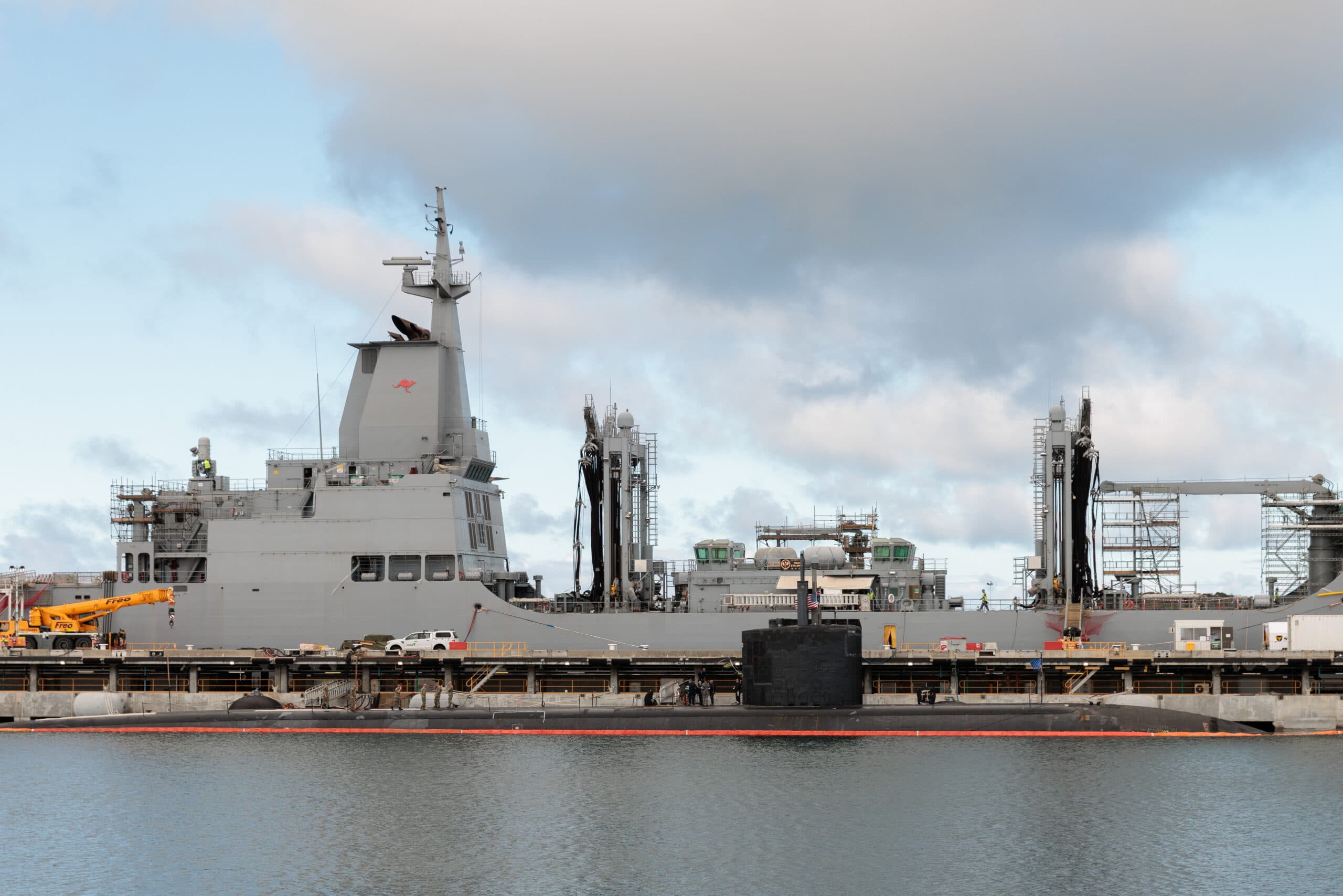What does AUKUS envisage and what's been delivered so far?
Mon 8 Sep 2025 00.00

Photo: AAP Image/Richard Wainwright
AUKUS was announced with much fanfare by Australia’s then-Prime Minister Scott Morrison, the then-UK Prime Minister Boris Johnson and the then-US President Joe Biden in September 2021. Unusually for such a major announcement, there appears to have been little if any detailed preliminary policy or capability analysis. The Australian Cabinet did not consider the proposal.
Australia abrogated its contract with France for the acquisition of the Shortfin Barracuda submarine, a conventionally-powered vessel approximately half the size of the Virginia class nuclear propelled submarine that was to replace it.
Following a very short period of consideration by the Labor Opposition leadership, the Labor opposition endorsed the project without reservation. The Opposition caucus was informed of the decision, which was not subject to any scrutiny. In an extraordinary display of bipartisanship, Labor signed up lock, stock and barrel.
After forming government following the 2022 election, Prime Minister Albanese, then-US President Joe Biden and then-UK Prime Minister Rishi Sunak confirmed the AUKUS agreement in San Diego and announced an acceleration of the program.
The agreement is in two parts called Pillar One and Pillar Two. Pillar One is about nuclear-propelled submarines. Pillar Two is about all the related technical cooperation arrangements and systems that support allied defence scientific and technical support covered mainly in existing agreements. It extends beyond nuclear propulsion to include cyber, hypersonics, Electronic Warfare (EW) and the Quantum computing aspects of AI.
Pillar One gives in-principle endorsement to Australia’s acquisition of a nuclear-powered submarine capability over the next four decades or so, beginning with a purchase-arrangement whereby Australia will acquire at least three ex-USN Virginia Class submarines, with a further five to be constructed at Osborne SA. It also provides for the rotational deployment of four USN and one RN nuclear submarines at Stirling in WA.
In short, very little. Political style has dominated policy substance. Several agreements have been signed. They amount to little more than statements of intent: there are no contractual undertakings in place.
It is already clear that there are many problems to be resolved if the Virginia-class SSN is ever to be delivered to Australia. Critical obstacles include: